Portable Player Matching
According to Meze Audio, the Rai Penta work effortlessly with any device due to its low impedance and high sensitivity but to truly enjoy the potential of its painstakingly tuned driver array, they recommend a high resolution source.
As you know by now the Rai Penta is a precise and lighter sounding IEM. The Sony WM1Z is known for its warmth, smoothness and dynamics and the synergy between these two units in balanced mode is absolutely awesome. You get some extra body in bass and mids, while retaining good detail, precision, clarity and speed. The delivery is a little smoother and it’s perfect for when you just want to chill and enjoy the music. Bass has great impact, goes deep and has excellent layering. The mids are full, layered, dynamic and musically smooth and the treble is energetic yet soft and easygoing. It’s all about enjoying the music in this setup, but at the same time at a high technical level. The WM1Z for me often is hit or miss, but with the Rai Penta, in balanced mode, it’s bull’s eye. In single ended mode, the magic isn’t there as much and you get a more concentrated, less extended and less airy sound. For me it’s hard to listen to with the balanced output being so awesome.

The Astell&Kern SP1000 is on the opposite side compared to the Sony and it here is all about detail, technicalities and neutral precision. In single ended mode you get a tight, fast and precise sound with excellent prat and extension but for some the sound signature might be a little on the dry side, with a flatter curve and perfect linearity. Body is lighter but it has good punch and impact. It’s a very well sounding combo if you like the analytical, neutral kind of tuning. In balanced mode you get a wider and deeper sound with better layering all presented in a more spacious way. The result is an extra layer of emotion with improved dynamics but while retaining the world class detail and precision. It’s still a neutral tuning but with a bit more oompf and musicality and those who love the SP1000, will surely love the Rai Penta in balanced mode.
The AK SP1000M – which we reviewed only a week ago – in single ended mode has just the perfect amount of body and impact for my ears. The presentation is tight, fast and impactful and the presentation is smooth and musical yet detailed and precise. I personally prefer the Rai Penta and SP1000M combo in single ended mode, as you just get a fuller and more musical sound but still at a high end level. In balanced mode it becomes even better and you get a more spacious presentation with improved depth and layering. Body in bass and mids is excellent and the overall sound is detailed end extended. The presentation is spacious and airy, yet musical and precise. IT’s not as full, warm and smooth as the Sony WM1Z in balanced mode, but it does have better transparency, dynamics and energy. I really like the Rai Penta with the SP1000M and it actually is something I keep experiencing more and more: the SP1000M is more often getting the preference over it’s big brother.
The excellent HiBy R6 PRO has just made it to our best DAP list and I also like the synergy with the Rai Penta. In single ended mode the bass gets a boost and you’ll have a full bodied lower segment at all times. The lower mids are a bit more in the back and the upper mids and vocals are more to the front. Extension is really nice and the treble is energetic yet smooth and easy. It’s a really good combo but the magic really happens when switching to the 4.4mm balanced output. In balanced mode you get a wider, more spacious and more relaxed sound. Here both bass as well as mids get a fuller body but there’s great spaciousness from bottom to top. You get a wider and deeper sound stage with great layering. Treble is further extended and the overall decay is just so much better. You get all of this in a musical and smooth presentation and it’s enormously pleasing to the ear. The only downside here is that the HiBy isn’t the most quiet player on the market and that means you will hear the source noise from the Rai Penta at very low volumes or when music is soft.

All these high resolution sources, as Meze calls them, work very well for the Rai Penta but because of Rai Penta’s transparency you will for sure hear the impact of the DAP’s sound. For me the Sony WM1Z in balanced mode is the best, followed by the SP1000M in balanced mode and then the HiBy R6 PRO, also in balanced mode. For sure balanced is the way to get he best out of the Rai Penta when feeding it straight from the DAP.
Amplification
With an Impedance of 20Ω and a sensitivity of 110dB SPL/1mW, the Rai Penta doesn’t really need amplification to sound best but it profits from good amplification for sure and it will sound even better. The source used for this test is the Xduoo XT10II, which is a digital transport only.
The data transfer to the DAC/AMPs of our choice for this test was done over coaxial as this connection to me sounds remarkably better compared to the USB and optical input of the Hugo2/Mojo. I’ve actually mostly been using the Rai Penta with the Mojo at the office and with the Mojo, Rai Penta sounds fast, detailed, precise and energetic. It’s the typical digital neutral tuning which the Mojo is known for. If you’re fan of precision, balanced body, speed, tightness and a neutral yet musical presentation, then you will love the synergy with the Mojo. Bass is tight, fast and punchy and both the bass and mids have the exact right amount of body. Treble is energetic and extended. As we know, Mojo is always musical in its own digital way, and it’s no different here. Personally I prefer the Rai Penta straight from the Sony WM1Z and SP1000M over the Mojo, but when your system has the Mojo in it as it’s doing its job as DAC, you surely won’t be disappointed.
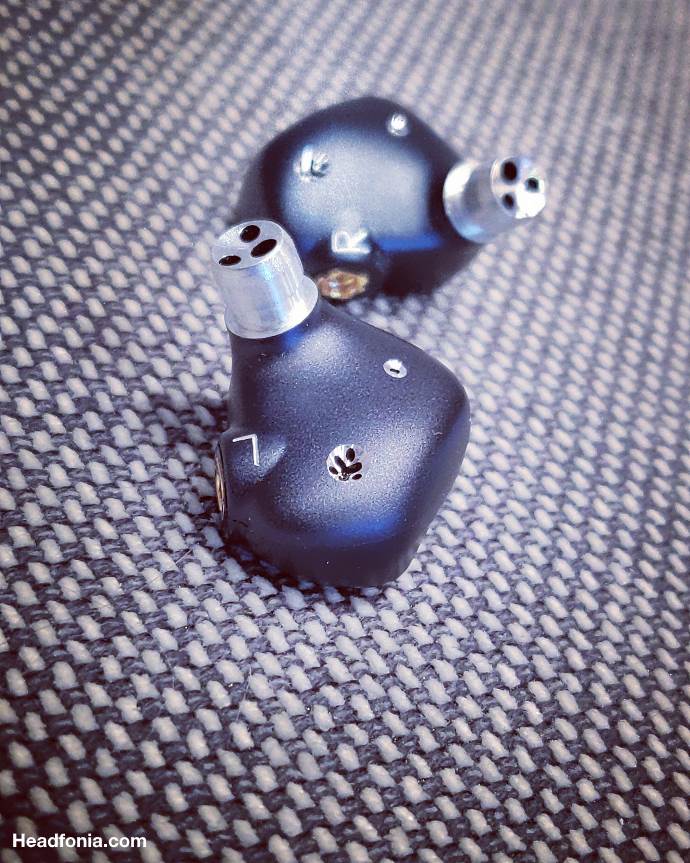
The more expensive, higher end Chord Hugo2 is a DAC/AMP I and many other absolutely love. The big difference with the Mojo is that it sounds softer, more analogue and it has a wider and deeper sound stage with better layering. The end result is a fuller, more dynamic and musical sound but at all times with the best possible resolution. With the Rai Penta you get just that: the perfect amount of bass, great body from bass to mids, a very rich, detailed and deep mid section and extended soft, musical treble. So far this combination for me is the best yet, and it outperforms the Sony WM1Z and SP1000M
A full sized desktop amplifier for sure isn’t needed with Rai Penta but when you have one already, why not try it with it, right. The Ukrainian Flux Lab Acoustics Atlas is extremely powerful and it is a very balanced, precise neutrally tuned high-end unit with a hefty +€5K Euro price tag. The Rai Penta at low gain gets loud quickly but if you set the volume just right you’ll be in heaven. Incredible detail, control, speed and precision – that’s what the Atlas stands for and that’s what you get in this combo. Tight, precise and fast bass with just the right amount of impact (in a neutral context). Greatly detailed wide mids with the right amount of body and extended, energetic treble. And you get all that with an excellent level of musicality. This to me is the very best technical source I have listened to the Rai Penta with. If you like neutrality, high precision and a musical precision then the Atlas is THE amp for you. If you want an even fuller, warmer presentation with more smoothness and kick, then the Hugo, SP1000M and WM1Z are still the go-to units.
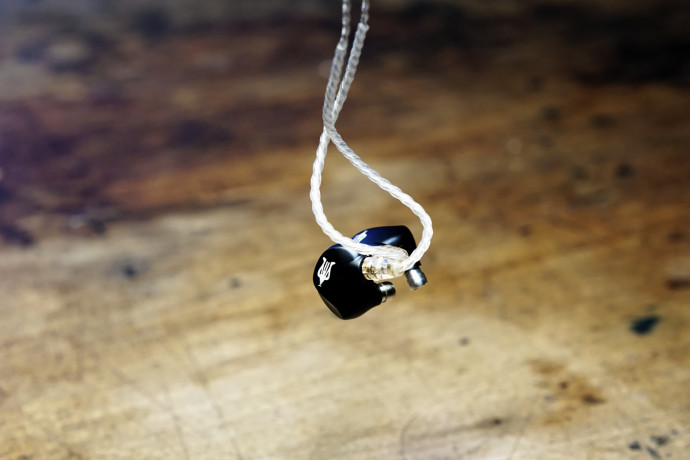
If you want a warm and full sound with both great technicalities as well as musicality then the Violectric V200 and V281 amplifiers are always a good options. With the V281 you get very big bass which isn’t the tightest but if you like bass, you will sure love the body and impact the Rai Penta and V281 are delivering. The mids are smooth, warm and full bodied yet sound clean and precise. If you want the very best clarity in the mids, the V281 probably isn’t the best for you. Treble is soft, full and easy to listen to. For me this isn’t the very best combo as it sounds very big, thick and warm and it’s the complete opposite of the Atlas. IF you want warmth, bass and body however, the Penta Rai will give you just that.
Conclusion
After the award winning Empyrean, Antonio Meze and his team have done it again. The 5 driver Rai Penta isn’t only comfortable, it looks beautiful and sounds like a high end IEM should sound.
Rai Penta is detailed, precise and transparent and with its neutral yet musical tuning the Rai Penta will win over many hearts. Making a correct sounding hybrid is hard but Meze makes it seem oh so easy.
For a high end universal IEM costing over $/€1K the package it comes in, as said, is a little basic and it’s mostly the lack of a balanced cable which saddens me. But sound wise – if you’re a fan of the typical high end reference/neutral tuning – you’ll get all you ever wanted.
I’m not always the biggest fan of universal IEMs, but it’s impossible for me not to add the Meze Audio Rai Penta to our best universal IEM list. So on it goes! (Kicking out the Andromeda)
Now let’s hope this review doesn’t get copied on Youtube, like the Empyrean one.







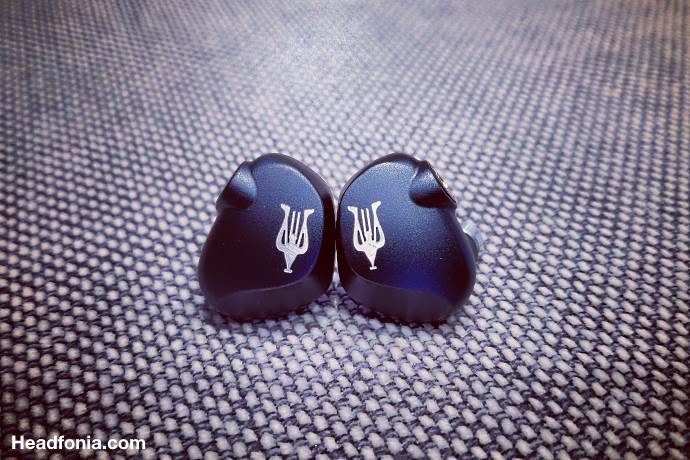
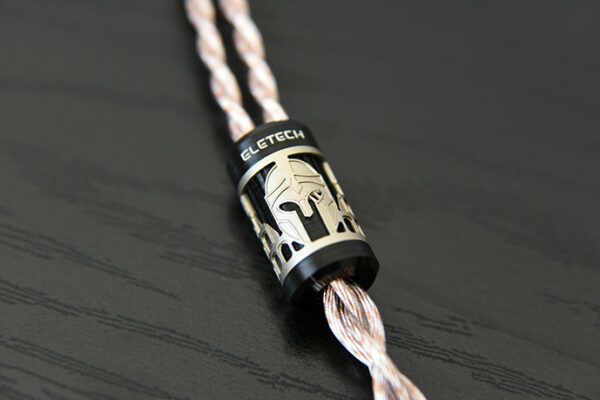
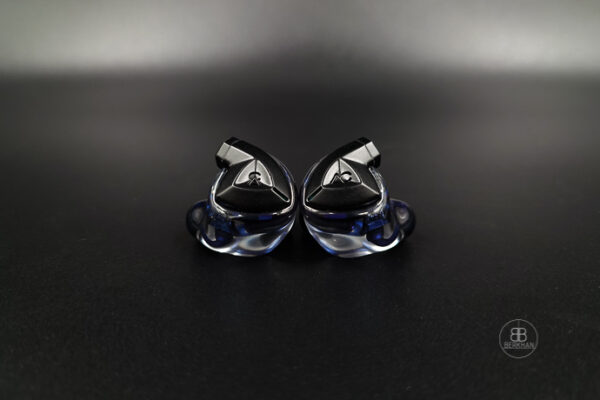
Booker
I have to admit I’ve never owned any IEMs, full-sized cans are where it’s at for me. But I’ve been thinking about getting some for the ease of carrying around something smaller (much smaller!), and the Rai Penta’s tickle my fancy. Probably not the best portable solution though judging from your comments about isolation?
Thanks for the detailed and thorough review 🙂
Nick
Thanks for the long-awaited review Lieven!
How does it sound in comparison to CA Solaris? Is Solaris superior in sound quality?
Nikolas
Please, add a comparison with Andromeda. I am so curious why you kicked it out.
Thanks for Headfonia and the review,
rantng
+1 to this
warriorpoet
+2
Not having any comparisons makes this a difficult review to digest, especially when it results in removing a long-term HiFi benchmark from your list.
Sp12er
There’s been a flurry of Hybrid IEM Flagships lately…. Is it time for the technology to really mature?
As long as it stopped the unnecessary race for higher driver count, I’m good~~
Ryan Hewitt
+1 to comparisons to Solaris. If possible, how does it compare to Solaris as well as hybrids like the Canary or Trinity? How does the treble hold up to the ES tweeter iems? Do the air vents seem to add soundstage or anything that puts it above other iems? Lastly how does it compare overall on technical level to other iems at any price? I have a feeling there’s a really high level of value with this one in price compared to other top-tier iems. Sorry for this amount of questions. I have nowhere to audition but if I can get comparisons I’ll likely buy either the Penta or one of the ES hybrids.
Ryan
P.S. How could you also compare to the Khan?
Wills Chiu
It seems that every Meze product review has no comparison. Coincident or there is nothing that can beat them?????
Steven Zore
Maybe just nothing ‘like’ it; unique?
Nick
I ju auditioned the Rai Penta- I felt it had way too much bass, even compared to my CA Solaris.
I used my Chord Mojo/Poly in both cases (Rai Penta vs Solaris) using the same tracks and listening at the same volume.
Not for me…
Niel
Hey there can you tell me how the rai penta is against the fitear tg 334 if possible for rnb, jazz, hippop and andromeda trying to decide between the three, thanks
JK
Would like to know if there is any comparison to Oriolus MK2, since this is also a hybrid UIEM.
Mateo
Maybe Penta is what 2 years ago Xelento was?